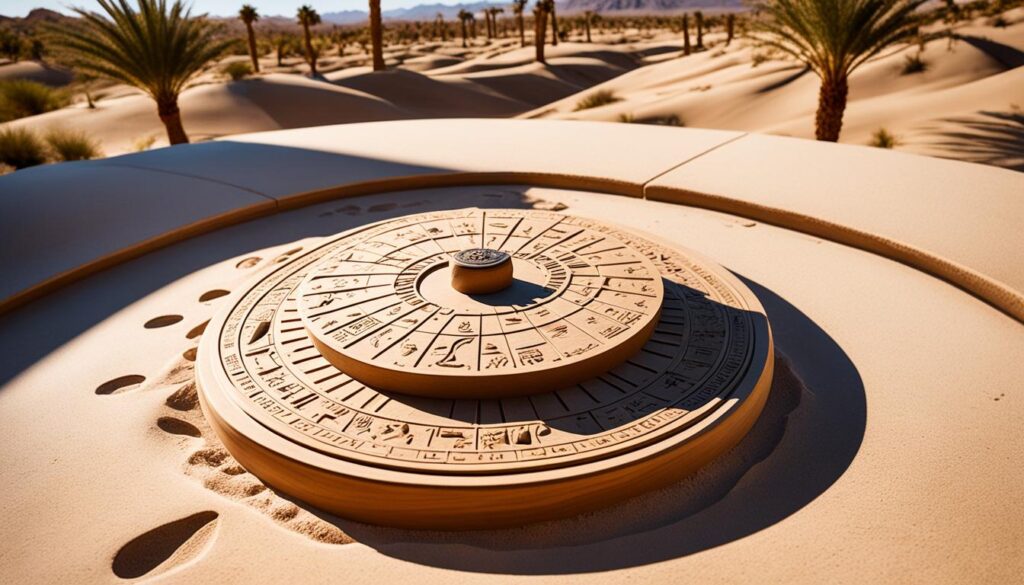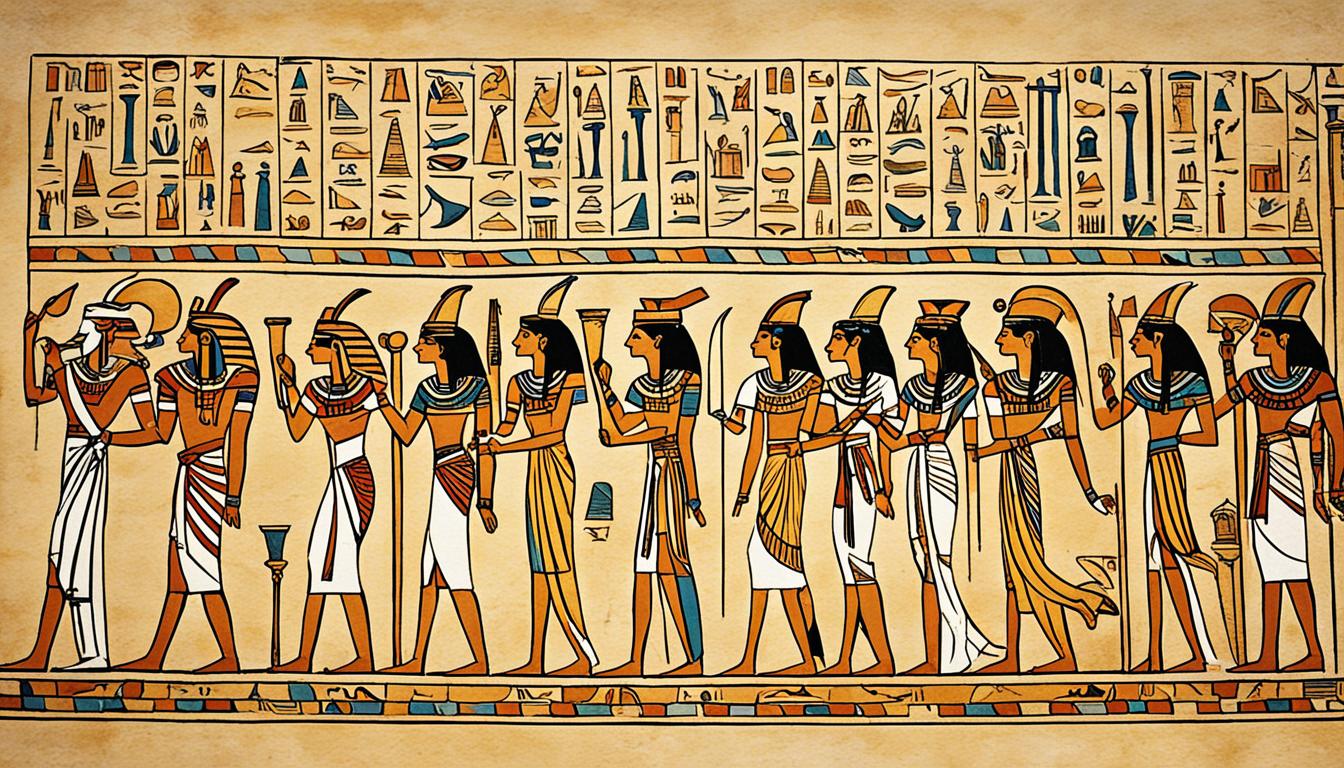The ancient Egyptians were trailblazers in timekeeping, becoming the first civilization to divide the day into 24 parts during the New Kingdom period (1550 BCE to 1069 BCE). Their innovative approach to tracking time involved separately monitoring daytime and nighttime, each split into 12 distinct parts.
These divisions were not hours as we know them today, but rather temporal or daylight hours that varied in length depending on the season. The ancient Egyptians relied on the movement of stars across the night sky and the cycles of the moon to determine the 12 nighttime divisions. Interestingly, the duodecimal system, based on the number 12, was prevalent in many ancient cultures and may have influenced the Egyptians’ choice to adopt 12 divisions for both day and night.
To accurately measure time, the ancient Egyptians employed various tools such as sundials and water clocks. These instruments allowed them to track the passage of temporal hours throughout the day, adjusting to the changing lengths of daylight hours across different seasons.
Key Takeaways
- Ancient Egyptians were the first to divide the day into 24 parts
- They tracked daytime and nighttime separately, each with 12 divisions
- These divisions were temporal hours that varied in length seasonally
- The duodecimal system influenced the choice of 12 divisions
- Sundials and water clocks were used to measure time accurately
The Origins of the 24-Hour Day in Ancient Egypt
The ancient Egyptians were the first civilization to divide the day into 24 hours. Their timekeeping system was closely tied to their Egyptian calendar, which was based on the cycles of the moon and the agricultural seasons. The Egyptian day began at dawn, before sunrise, and was divided into 12 hours of the day and 12 hours of the night.
The nighttime hours were determined by observing the movement of star groups called “decans” across the night sky. This celestial timekeeping method was later supplemented by the use of sundials, shadow clocks, and water clocks, which became more prevalent starting in the New Kingdom period around 1500 B.C. These devices allowed for more precise measurement of the passing hours.

Although the Egyptians had terms for shorter time segments, they did not track minutes or seconds as we do today. Their calendar consisted of 12 months of 30 days each, totaling 360 days, which were divided into three seasons of four months each. At the end of the year, they added five extra days, known as epagomenal days, to complete the 365-day solar year.
The ancient Egyptian system of dividing the day into 24 hours, while based on lunar cycles and agricultural seasons, laid the foundation for the modern 24-hour day we use today. Their innovative use of sundials, shadow clocks, and water clocks to measure time set the stage for future advancements in timekeeping technology.
Ancient Egyptian 24-Hour Day: How It Worked
The ancient Egyptian civil calendar was closely tied to the annual flooding of the Nile River, which was crucial for agriculture and sustaining life in the region. The Egyptians observed that the heliacal rising of the star Sopdet (also known as Sothis or Sirius) coincided with the first signs of the annual Nile flood. This event was likely associated with the New Year’s Day in the Egyptian calendar.
However, the Egyptian civil calendar fell back by about a quarter day each year, causing a disconnect between the rising of Sopdet and the seasons of the calendar for much of Egyptian history. This discrepancy led to a gradual shift in the calendar over time, with the New Year’s Day moving through the seasons.
Despite the civil calendar’s inconsistency with the seasons, evidence suggests that the Egyptians also used a luni-stellar calendar alongside it. The existence of lunar-based month names, the importance placed on Sopdet’s rising, and certain Egyptian festivals scheduled according to the lunar cycle all point to the use of a luni-stellar calendar that helped maintain a connection with the natural cycles of the moon and stars.
The ancient Egyptians counted years according to the reign of a specific ruler, employing various methods to identify individual years within a reign. These methods included referencing important events, conducting biennial censuses, or simply using a numbering system. This approach to tracking years, combined with the use of both the civil and luni-stellar calendars, allowed the Egyptians to effectively organize their time and manage their agricultural and religious activities.
The Evolution of the 24-Hour Day
While the ancient Egyptians were the first to divide the day into 24 parts, the concept of equal-length hours was introduced by the Greek astronomer Hipparchus in the second century BCE. This innovation marked a significant step in the evolution of timekeeping, as it provided a more precise and standardized way to measure the passage of time throughout the day.
During the Middle Ages, the 24-hour day became the norm for European timekeeping, with the invention of mechanical clocks further refining the measurement of time. The widespread adoption of this system laid the foundation for the modern calendar and the way we perceive and organize our daily lives.
Although the ancient Egyptian 24-hour day did not include smaller units of time like minutes and seconds, their groundbreaking approach to dividing the day and night into equal parts has had a lasting impact on our understanding of time. This enduring legacy is a testament to the ingenuity and astronomical knowledge of the ancient Egyptians, whose timekeeping system continues to shape our world thousands of years later.

Leave a Reply